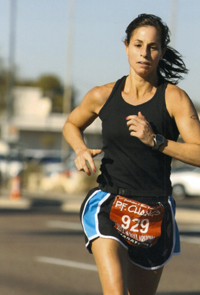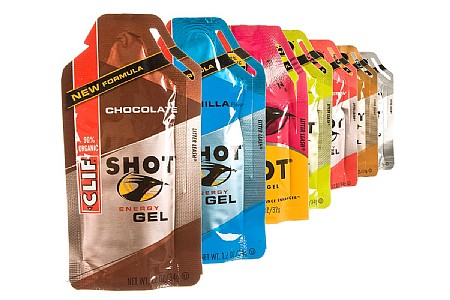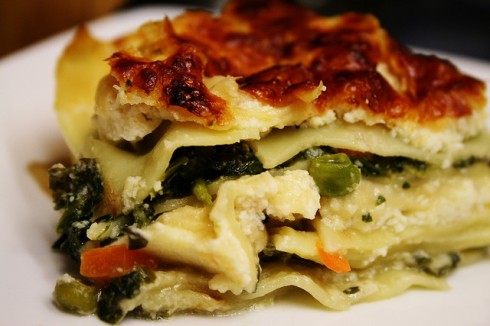
Veggie Planet's Henry's Dinner Pizza and the Salad of the Week
Are you hungry? But you’re low on cash and in a hurry. Well here’s the good news- there are fast-food options all around boston that will keep your wallet fat and your derriere in shape! Click HERE to view a slide show of all the restaurant we visited.
1. The OtherSide Cafe, 407 Newbury
St. Boston, MA
Want a quick lunch after a day of shopping on Newbury St.? The OtherSide Cafe offers healthy but filling foods that aren’t too pricey. The menu runs the gamut from vegan BLT ($8.50) to the monsterous taco salad ($10.00). There’s also a bountiful beer list to wash it all down.
2. Veggie Planet, 47 Palmer St. Cambridge, MA
If you love pizza but hate the guilt, then you will fall head over heels for Veggie Planet. This small Harvard Square pizzeria serves up some of the best slices in the Boston area. All pizzas are served on whole-wheat bread and if you want to cut out even more calories then you can opt for your pie on rice. Therey serve up inspired combos like a Peanut Curry pizza, with coconut rice (even on pizza dough), broccoli and Thai peanut curry sauce topped with fried tofu croutons and peanuts (sm $6.85 lg $11.15). I tried Henry’s Dinner pizza and was not dissapointed. The pizza is topped with roasted butternit squash, caramelized onions, goat cheese and asiago cheese (sm $7.15 lg $11.35).
3. B. Good, 7 locations in the Boston Area
This local burger joint is popping up in every neighborhood in the Boston Area, and with good reason. B. Good serves up inexpensive, locally sourced burgers- fast. At B. Good you can get the traditional lettuce, tomato, onion, pickle, but they also have more unique options. The Buffalo ($6.29) is smothered in Buffalo sauce and blue cheese and the El Guapo ($6.29) features a spicy jalapeno ranch. Doesn’t sound healthy? You can switchout a beef in any burger for chicken, turkey, or a veggie patty. If you want to go even further, you can exchange the bread for vegetables on any sandwich.










